TRUMPETER WITH A METAPHOR
- Marina Drozdova

- Feb 13, 2024
- 1 min read
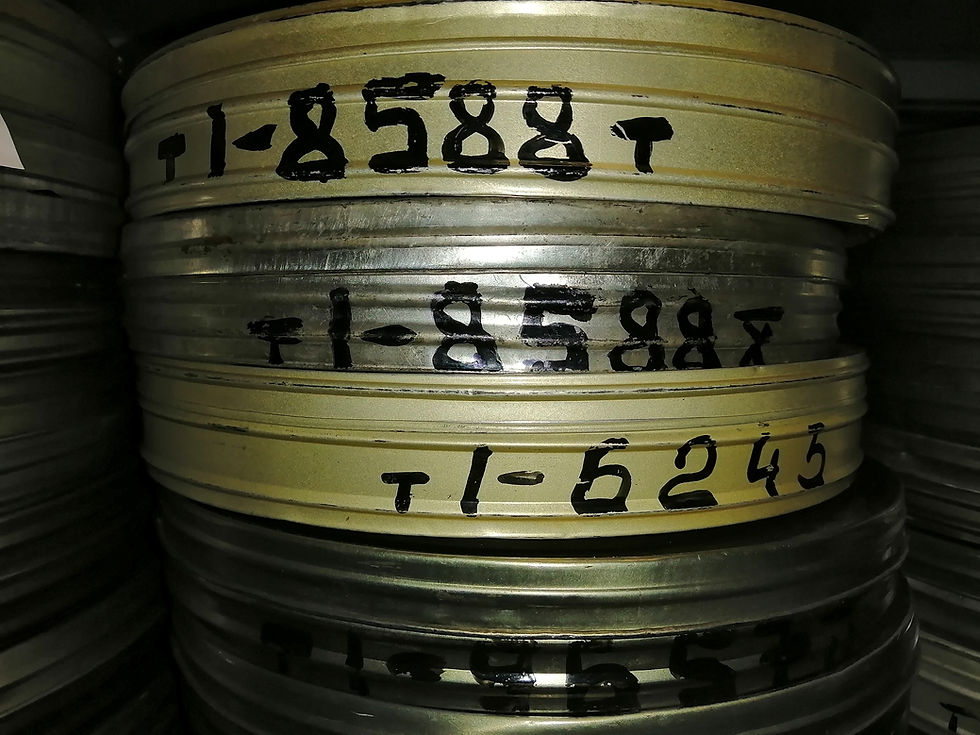
Searching for some super-special shot in a film archive always presents an enigmatic quest.
Another plot twist: we are illustrating the dangerous nights of the late 1920s in a faraway gloomy country. The screenwriter wants a visual metaphor, he mutters something typical about “…the night is calm, to God the desert listens, and stars converse one speaking to another…” (Lermontov). He is dispirited — that period’s newsreels have hardly any night shots; one film, after another, flashes its black-and-white tail, nothing agreeable or fitting.
The screenwriter goes off to smoke and to think abstractly. He asks me, “What are your favorite archival shots, anyway?” I reply, “Ones that capture conflict.” And I recall a cherished number (35 mm film is stored in round metal boxes 35 centimeters in diameter; along the rim, a serial number is written in black oil paint). The film shows an explosion and demolition of a monastery in an ancient capital — a typical sight in those days. “However,” I tell the screenwriter, “be warned: the filmmakers-overachievers here set some artistic goals and even dabbled in special effects. Art-forefathers of Spielberg, no less, not mere chroniclers of lawlessness and moral degradation…”
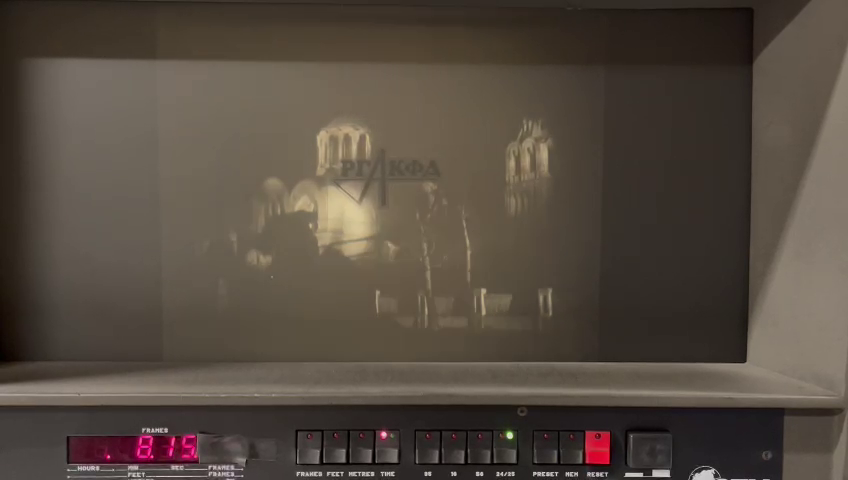
Behold: night, spotlights, sheaves of light roam the white stone walls, which are destined to fall. And then a nuance, breathtaking it its shamelessness: the cameraman was not too lazy to find a trumpeter, and the trumpeter soloes in the foreground — his back to the camera, facing the travesty of history. What a metaphor. The night shot of the trumpeter is attached.
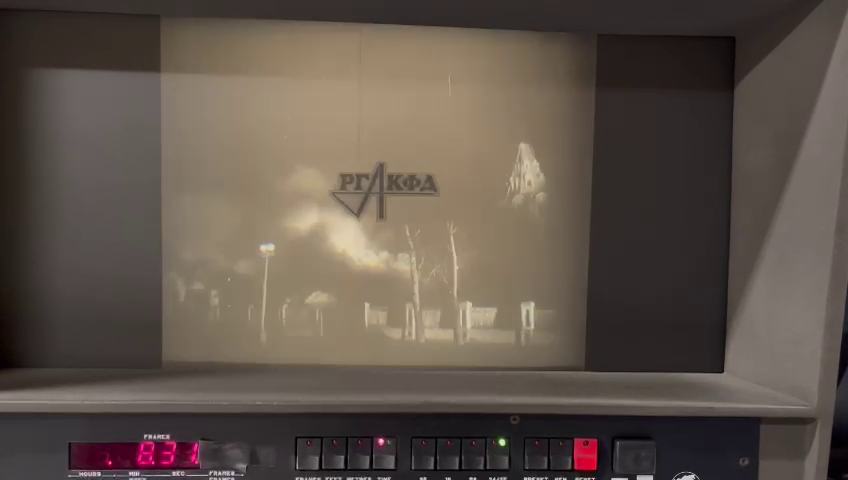
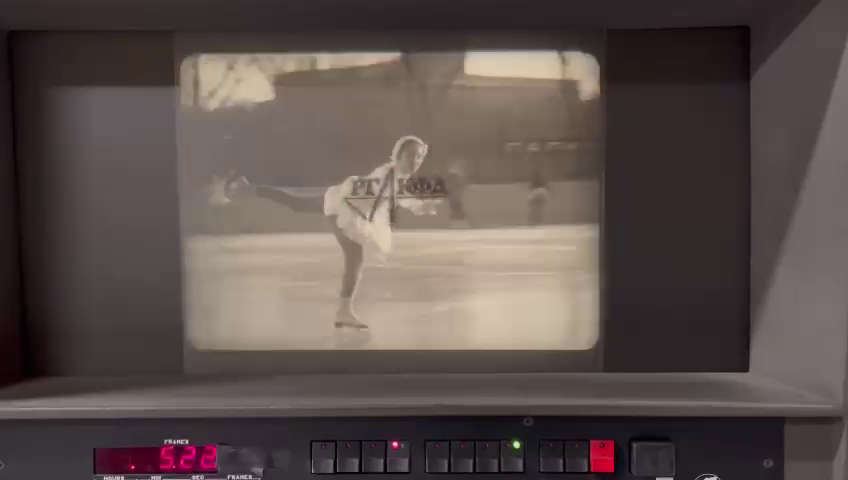
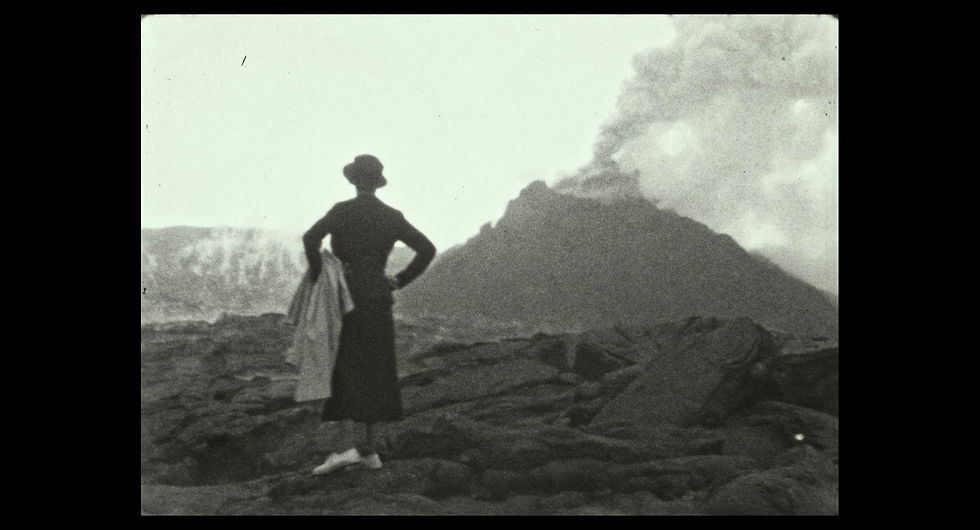
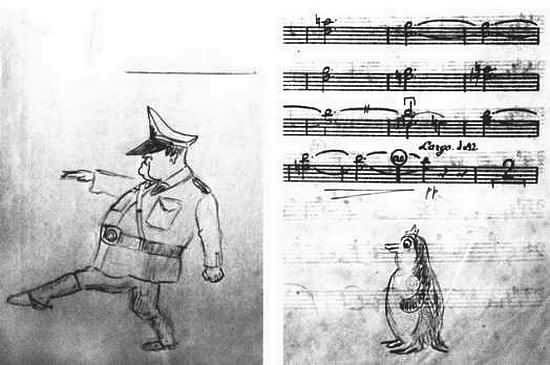
Comments